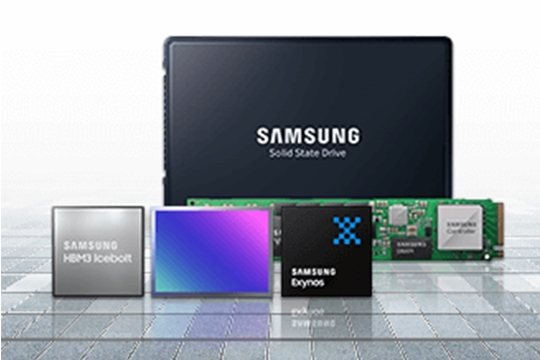The Challenge:
Expanding Storage Speeds for Maximum Transfer Rate Throughput
As part of an initiative to expand their presence in cloud/datacenter, video and telecommunication verticals, digital solutions provider EchoStreams was looking for a new system to add to their FlacheSAN line. These new servers would provide high performance SSD storage for content delivery networks (CDNs), and video production and post-production applications — all of which typically require both high transfer rates and high numbers of input/output operations per second (IOps). With video file sizes reaching over a terabyte per hour of video, they required some serious bandwidth. On top of all that, customers wanted newer solutions that used NVMe SSDs to achieve higher performance over the existing SATA-based SSDs, while reducing the size and power requirements of the storage systems.
EchoStreams’ customers were requesting faster systems for their CDNs, video production and post-production storage, and big data systems. The OEM/ODM solutions provider determined to meet customer needs with a new version of their FlacheSAN hardware incorporating the latest high-performance SSDs. These new systems would have to exhibit the highest available transfer rates as well as above-average IOps.
Video production and post-production in particular demand very high transfer rates throughput. With higher resolution video (4K or 8K) and more color depth (10bit or more), HDR and higher frame rates (60fps or even 120fps), movie studios need super fast storage to transfer files for editors in post-production. Requirements for CDNs are more mixed — some will need high throughput, some will need high IOps and some will need both.
Previous solutions had relied on lots of drives to deliver aggregate performance with high enough transfer rates and IOps to satisfy application demands, but systems with large numbers of SATA drives also produce a lot of heat and require larger power supplies.
There are several things that limit the number of drives that can fit in a single enclosure. Some are obvious, like the volume of each drive or the amount of heat that each drive generates, which must be dissipated. Other issues, like the total number of connections the interface can support, are less obvious. Echostreams had to find a way to increase the speed and power of their systems without increasing the number of drives.
















